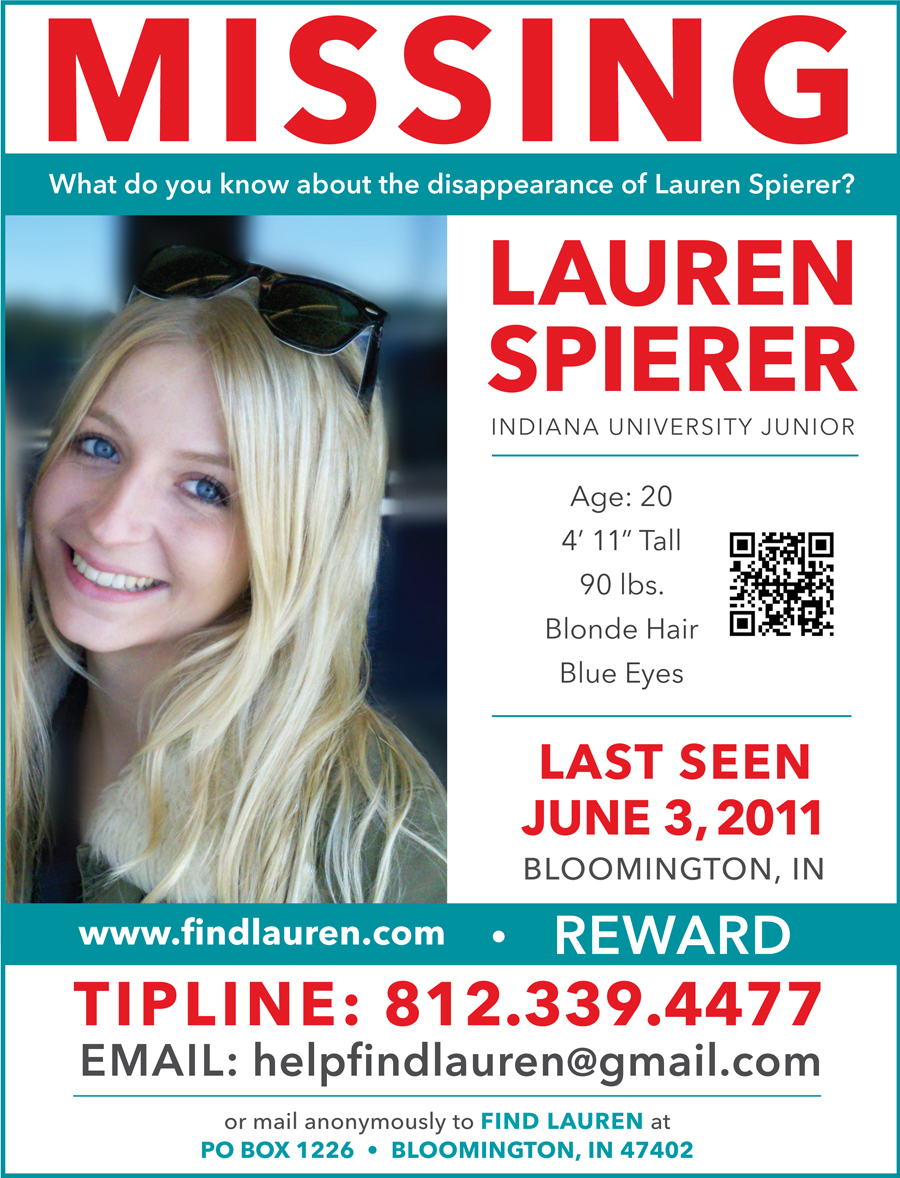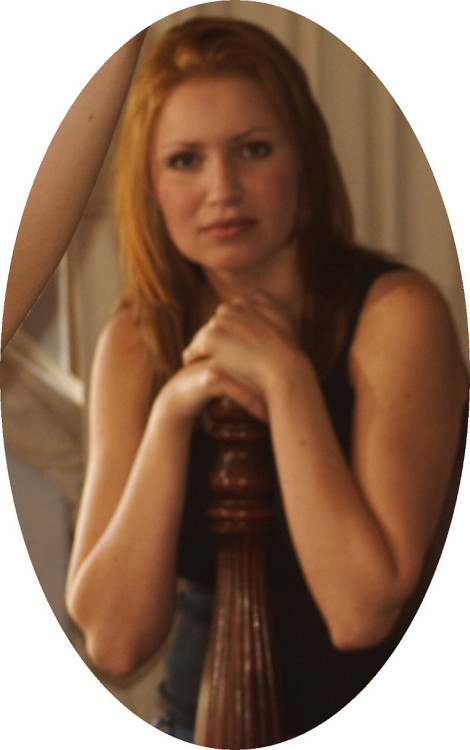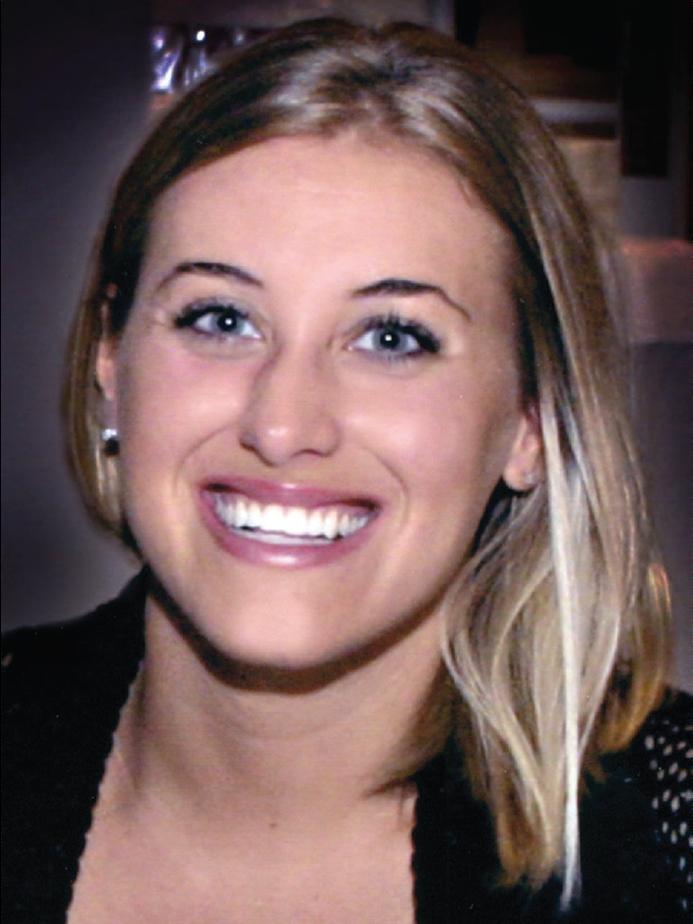Once Upon A Time...
 Saturday, July 20, 2013 at 3:04PM
Saturday, July 20, 2013 at 3:04PM Once upon a time, Pudgie the Bear was skipping through the woods when Trigga the Tree Troll stopped him.
“Why are you running in my forest?” Trigga demanded, as one of his giant tree limbs stopped Pudgie dead in his tracks.
“I… I… I have every right to be here,” Pudgie quickly responded. “Why did you stop me?”
“Because these are my trees. You are robbing my forest of flowers, leaves, grass, mushrooms, berries, roots and nuts!”
“No. Not me!!! I like honey!” Pudgie cried, but Trigga wouldn’t relent. The young bear tried to fight his way out, knocking chips of bark all over the place. “I’m going to make compost out of you!”
“No you won’t,” Trigga replied, and just like that, his powerful limb lifted up and came smashing down; knocking the stuffing out of poor Pudgie’s body, sending it flying all over the place.
§
 Attorneys Natalie Jackson, center, Benjamin Crump, center right, and Daryl Parks, far right, representing the family of Trayvon Martin sit stoically as George Zimmerman’s not guilty verdict is read in Seminole circuit court in Sanford, Fla. Saturday, July 13, 2013. Zimmerman was found not guilty in second-degree murder for the 2012 shooting death of Trayvon Martin. (Gary W. Green/Orlando Sentinel/Pool)
Attorneys Natalie Jackson, center, Benjamin Crump, center right, and Daryl Parks, far right, representing the family of Trayvon Martin sit stoically as George Zimmerman’s not guilty verdict is read in Seminole circuit court in Sanford, Fla. Saturday, July 13, 2013. Zimmerman was found not guilty in second-degree murder for the 2012 shooting death of Trayvon Martin. (Gary W. Green/Orlando Sentinel/Pool)
After the verdict came last Saturday night and my journey was over, I was tired. From the very first article I wrote; from the very first hearing I attended to the very end, I put in a lot of hours. One of my friends asked me if I would be alright. How would I handle it now that it’s over? Would I be depressed? No, I answered. This is the life of a writer of true crime and courtroom drama. A climbing crescendo, long and winding, coming to a tumultuous climax and compelling completion is what it’s all about. Cut to the end. If we can’t deal with it, we’re in the wrong business. That’s just the way it is. Death becomes a way of life.
By Sunday morning, most of the civilized world that paid attention to the Trayvon Martin/George Zimmerman trial knew the outcome. All that was left to do was to discuss it, but not me. I needed a break. Throughout, there were multitudes of directions each and every one of us had taken — like a hundred road intersection — converging into a massive mess of a traffic jam. Which one of us had the right of way? I don’t know. I still don’t, although a jury of six women decided for us. Yield! Move on or get run over! I suppose I could write a lot about the verdict, but what’s done is done. To perpetuate the story is, to me, unbearable. I won’t let it dog me.
The Pavlov’s Dog Affect
From the beginning of the trial — jury selection or voir dire — we were warned by the Court and deputies to turn off all cell phones or set them to vibrate. This included iPads and other tablets and devices. No noises would be tolerated in courtroom 5D. Even Siri became a serious problem. Initially, we were given two strikes — a warning, then an ejection. That changed after the second or third day when (then) Chief Judge Alan A. Dickey changed the rule. It was one of his final orders before leaving his position, which was part of routine circuit rotation. Judge Nelson wanted it to remain two strikes but, instead, it became one, you’re out, although someone in your news organization could replace you; however, if your replacement made a noise, it would be strike two and your outfit would be banished for good — to the media overflow room you go.
Unfortunately, I heard dings, dongs, boing after beep and ring after cell phone song from the gallery. Out went a few journalists and members of the public, until the rest of us were conditioned to be scared to death. That’s a fact. For the remainder of the trial and days beyond, whenever I heard a digital noise of any kind, no matter where I was, I cringed. If I happened to be in the produce section picking out peppers when a cell phone pinged, I panicked. It was either mine or someone else’s and it meant immediate ejection from the courtroom. I called it PDSD — Post Dramatic Stress Disorder. It took some time, but I finally broke free and now feel safe when my phone barks.
Dog Eat Dog
This wasn’t my first go ‘round in criminal court. I was credentialed during the Casey Anthony trial. When journalists from all over the country and elsewhere began to come together at the courthouse for the Zimmerman trial, it was nice to see familiar faces again. We couldn’t believe it had been two years, but it was. After friendly hellos, hugs and handshakes, it was all business. Of course, there were plenty of new faces, too, from local news stations and major networks, including cable.
It’s the nature of the business to out-scoop each other, so there’s always a competitive edge. There’s eavesdropping and lots of interruptions while talking to someone involved with the trial, as if their questions for Ben Crump seem more important than the rest. Generally, they’re not, but that’s the way it goes. Don’t get me wrong, most of the media reps are very nice, but there are a few egos that get in the way; more so from producers than from on-air personalities. Like what I discovered during the Anthony case, the more famous the personality, the nicer they seemed, and the more intrigued they were with local news people.
There was an emotional tie inside the courthouse and, most certainly, inside the courtroom. Aside from the actual trial, I mean between journalists. I could clearly sense that, after the strike rule went into effect, plenty of those people sitting on the media side would almost kill to get one more of their own in that opened up seat. They hoped and hoped a cell phone would accidentally go off, although everyone cringed when it did. We all knew it was to be expected. It’s the nature of the beast. Goody! Goody! The problem with me was that there were no replacements. I was the only blogger inside that room with credentials. Some may have resented that fact, but most didn’t. When I was asked who I was with, I proudly said, “Me!” I represented no one but myself.
Throughout jury selection and the trial, that’s the way it was. When the State rested, everyone’s attitude changed. Gone were the vibes that begged for someone’s phone to go off. There was almost a camaraderie among us. The end was near and we all sensed it. Once again, in a matter of days, we would be going our separate ways. Surely, Mark O’Mara and his defense team wouldn’t take long and we knew that, too. How did we know? Because most of us realized the State did not put on a good case. It was a letdown. Is that all there was? They sure didn’t prove anything beyond a reasonable doubt. Therefore, the defense wouldn’t need to put on much of a show. Besides, they had cross-examined the State witnesses very effectively.
With the last few days of trial at hand, what we had waited for and built up to was going to come down. A verdict was nigh and it would be over. Time to say good bye to those who cared enough. Some just packed up and left. They knew we would meet again at the next big one. Surely, there’s always a Jodi Arias out there to cover.
On the final day, last Saturday, I could feel the electricity in the entire courthouse. The building was supercharged. I asked Rene Stutzman, who covered most of the case for the Orlando Sentinel, if she could feel it, too. “Yes,” she responded. “Absolutely.”
I spoke to one of the administrators on a floor not associated with the trial in any way. She also acknowledged that her coworkers felt it, too. It really cut into their levels of concentration. Of course, some of that could have been attributed to protesters, but they didn’t come until the final three days and, even then, it wasn’t that many. No, this was a powerful trial; one that touched the entire area surrounding the courthouse.
As a final aside, I must say that Judge Nelson was one tough judge. No, I’m not going to humor your thoughts on bias, one way or the other. This has nothing to do with that. Comparing her to Judge Belvin Perry, Jr., Perry was a pussycat. He gave us an hour-and-a-half for lunch each day and there were lots of restaurants in downtown Orlando to choose from. Plenty of time to eat, in other words. Nelson, on the other hand, gave the jury an hour each day and if there happened to be any unfinished court business after they were excused, it cut into our lunch time. That meant less than an hour, generally, with NO restaurants nearby. Well, WaWa. Despite it being cold in the courtroom, I couldn’t bring perishables, so I brought MorningStar Grillers Prime or Chipotle Black Bean veggie burgers on a toasted English muffin. No butter. Plain. I heated them in the lunchroom microwave, where I ate almost every day with a handful of other journalists. Sometimes, we’d talk shop as I nibbled on fresh tomatoes and assorted fruit. Today, there are no more daily events to discuss among my peers, but I am sticking with the diet. Plus salad. Those veggie burgers grew on me, especially the Grillers Prime.
And in the end…
After nearly five years of writing about local murders, I hope nothing else like the last two cases comes along again. In the Zimmerman trial, one must understand the residents of Seminole County in order to grasp the verdict. It is a predominantly conservative Republican county made up of a mostly Caucasian population. Gun rights is an important issue. It is not a racist area, although it used to be many, many years ago, but never as much as the surrounding counties. Ultimately, the jury based its decision on the law and how it’s written; not so much on the absolute innocence of Zimmerman, as if he did nothing wrong. In the eyes of the law, Casey Anthony did not murder her daughter, did she? Or was it, more or less, because the prosecution did not prove its case?
In the Zimmerman/Martin confrontation, it was the ambiguity of the final moments that cemented the verdict. All you need to do is to look at something else in order to figure it out. Take a DUI (DWI) traffic stop, for instance. If you refuse all tests — field sobriety and breathalyzer — and keep your mouth shut in the back seat of the patrol car, there’s hardly any evidence against you other than the arresting officer’s word. The less evidence a prosecutor has, the less chance of a conviction. That’s what happened here. There just wasn’t enough evidence. Without it, the jury could not convict George Zimmerman — not as presented by Bernie de la Rionda and his team. There wasn’t even enough for a manslaughter conviction, was there?
On the night of February 26, 2012, something horrible took place. Was it poor judgement or bad timing, perhaps? Was it both? Had Martin arrived at the Retreat at Twin Lakes only five minutes earlier, Zimmerman would have gone on to Target. Had Zimmerman only left the Retreat five minutes earlier, Martin would have walked safely home to watch the NBA All-Star Game. Who started it and who ended it can and will be argued about for years to come. I formed my own opinion, but I choose to move on now. A verdict has been rendered. Let the rest of the media hound on it. They get richer and richer off the story and I never made a dime. In the end, trust me, Trayvon Martin did not die for naught.
As for me, what does my future hold? I may re-stuff Pudgie the Bear and write fiction. Yup, you know… Once upon a time, we had characters like the Lone Ranger. In those days, good guys always wore white and bad guys never got away.
 George Zimmerman is congratulated by his defense team after being found not guilty, on the 25th day of Zimmerman’s trial at the Seminole County Criminal Justice Center, in Sanford, Fla., Saturday, July 13, 2013. (Joe Burbank/Orlando Sentinel/POOL)
George Zimmerman is congratulated by his defense team after being found not guilty, on the 25th day of Zimmerman’s trial at the Seminole County Criminal Justice Center, in Sanford, Fla., Saturday, July 13, 2013. (Joe Burbank/Orlando Sentinel/POOL)
Cross-posted on the DAILY KOS
 Dave Knechel | in
Dave Knechel | in  Angela Corey,
Angela Corey,  Arizona Ice Tea,
Arizona Ice Tea,  Arizona Iced Tea,
Arizona Iced Tea,  Benjamin Crump,
Benjamin Crump,  Bernie De la Rionda,
Bernie De la Rionda,  Bill Lee,
Bill Lee,  Blogging,
Blogging,  Burglary,
Burglary,  Casey Anthony,
Casey Anthony,  Caylee Anthony,
Caylee Anthony,  Central Florida,
Central Florida,  Chief Judge Belvin Perry,
Chief Judge Belvin Perry,  Crime,
Crime,  Dave Knechel,
Dave Knechel,  David B. Knechel,
David B. Knechel,  David Knechel,
David Knechel,  Donald West,
Donald West,  Eighteenth Circuit Court,
Eighteenth Circuit Court,  FDLE,
FDLE,  Florida,
Florida,  George Zimmerman,
George Zimmerman,  Human Interest,
Human Interest,  John Guy,
John Guy,  Judge Debra S. Nelson,
Judge Debra S. Nelson,  Kel Tec PF 9,
Kel Tec PF 9,  Kel-Tec PF-9,
Kel-Tec PF-9,  Marinade Dave,
Marinade Dave,  Marinade Dave Knechel,
Marinade Dave Knechel,  Mark O'Mara,
Mark O'Mara,  Mark Osterman,
Mark Osterman,  Natalie Jackson,
Natalie Jackson,  Neighborhood Watch,
Neighborhood Watch,  Norm Wolfinger,
Norm Wolfinger,  Racism,
Racism,  Richard Mantei,
Richard Mantei,  Sanford,
Sanford,  Sanford Police Department,
Sanford Police Department,  Seminole County,
Seminole County,  Seminole County Courthouse,
Seminole County Courthouse,  Seminole County Sheriff''s Office,
Seminole County Sheriff''s Office,  Shellie Zimmerman,
Shellie Zimmerman,  Skittles,
Skittles,  Sondra Osterman,
Sondra Osterman,  Stand Your Ground,
Stand Your Ground,  State Attorney Angela Corey,
State Attorney Angela Corey,  Sybrina Fulton,
Sybrina Fulton,  The Retreat at Twin Lakes,
The Retreat at Twin Lakes,  Tracy Martin,
Tracy Martin,  Trayvon Martin,
Trayvon Martin,  gzlegalcase,
gzlegalcase,  marinadedave |
marinadedave | 















 LEGAL NOTICE
©David B. Knechel. All Rights Reserved. No portion of this site can be reproduced in it's entirety or in part without expressed written permission by the owner/administrator of this site in accordance with the Digital Millennium Copyright Act. Section 512(c)(3) of the U.S. Copyright Act, 17 U.S.C. §512(c)(3). The charges against defendants are mere accusations and the subjects are presumed innocent until found guilty in a court of law.
LEGAL NOTICE
©David B. Knechel. All Rights Reserved. No portion of this site can be reproduced in it's entirety or in part without expressed written permission by the owner/administrator of this site in accordance with the Digital Millennium Copyright Act. Section 512(c)(3) of the U.S. Copyright Act, 17 U.S.C. §512(c)(3). The charges against defendants are mere accusations and the subjects are presumed innocent until found guilty in a court of law.
